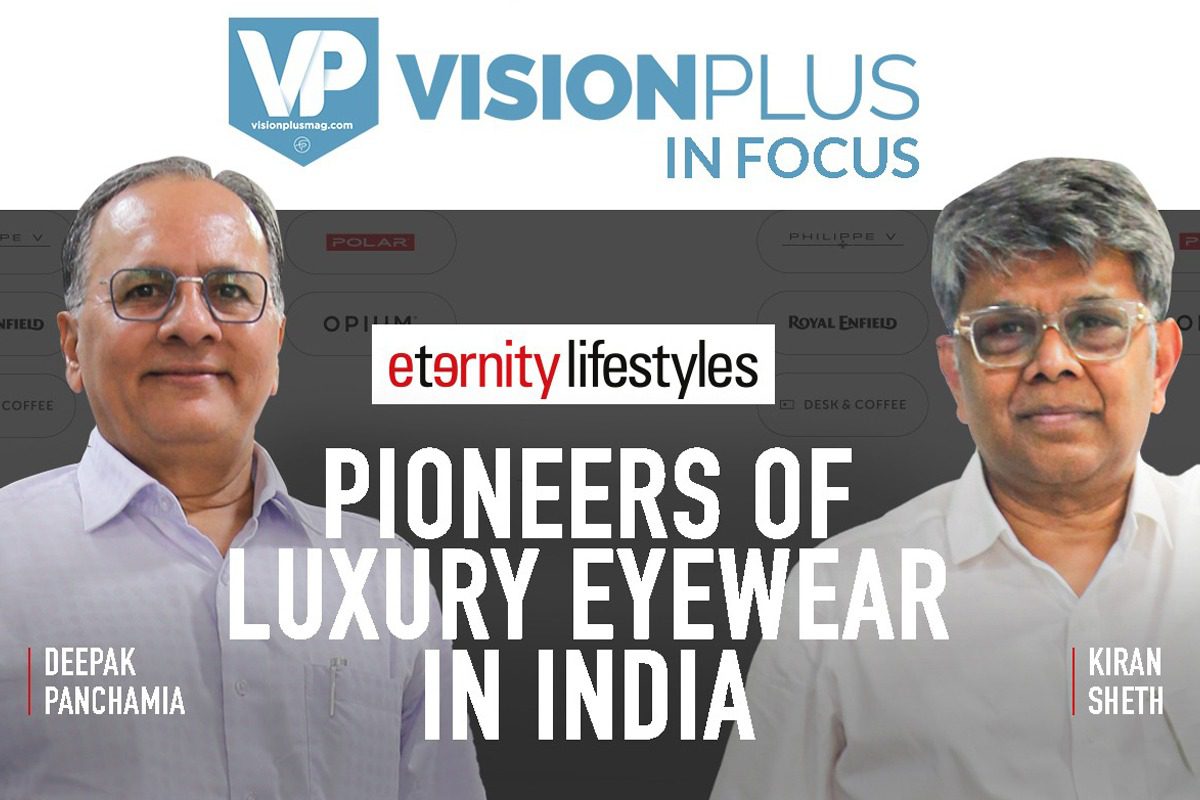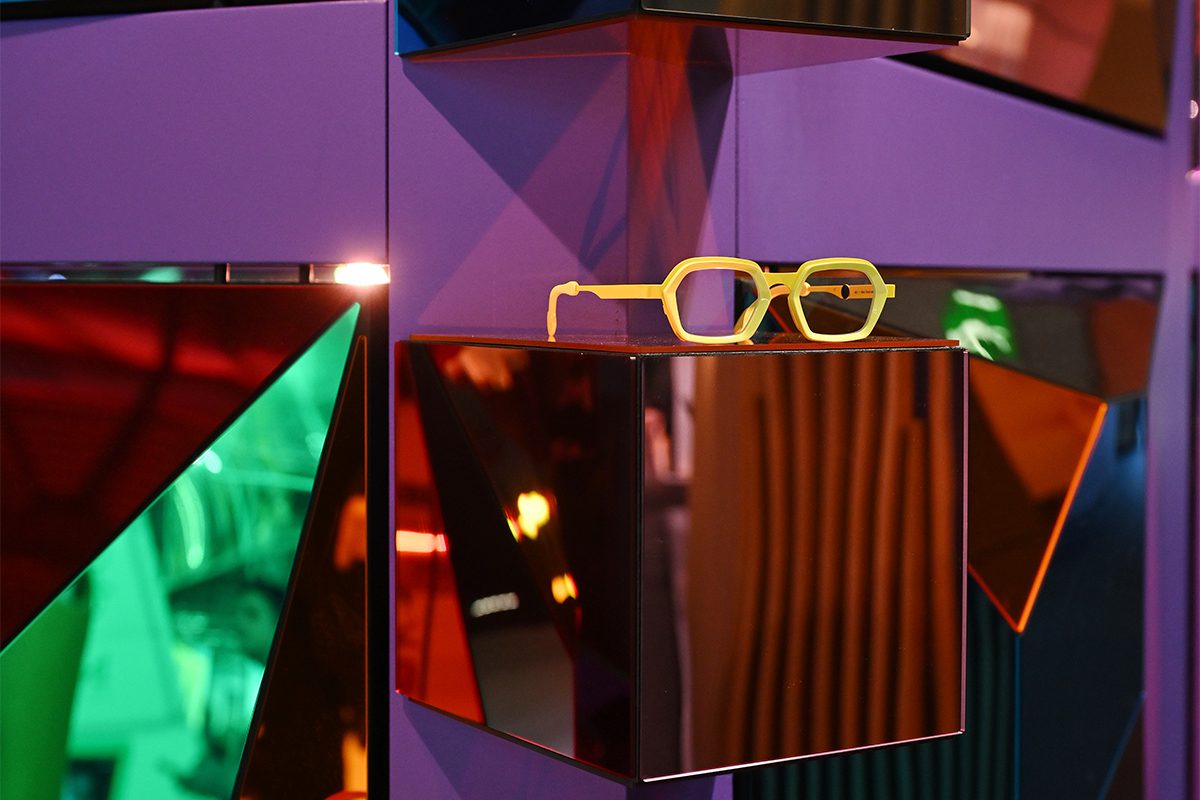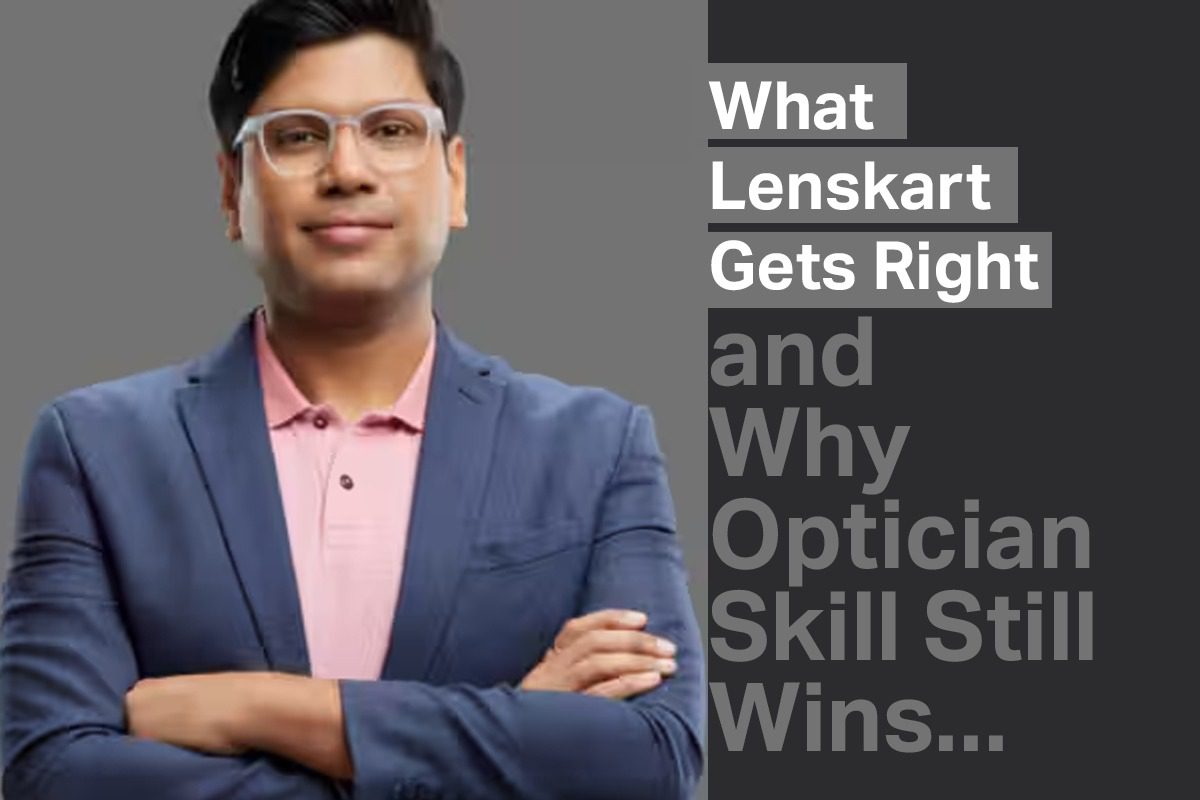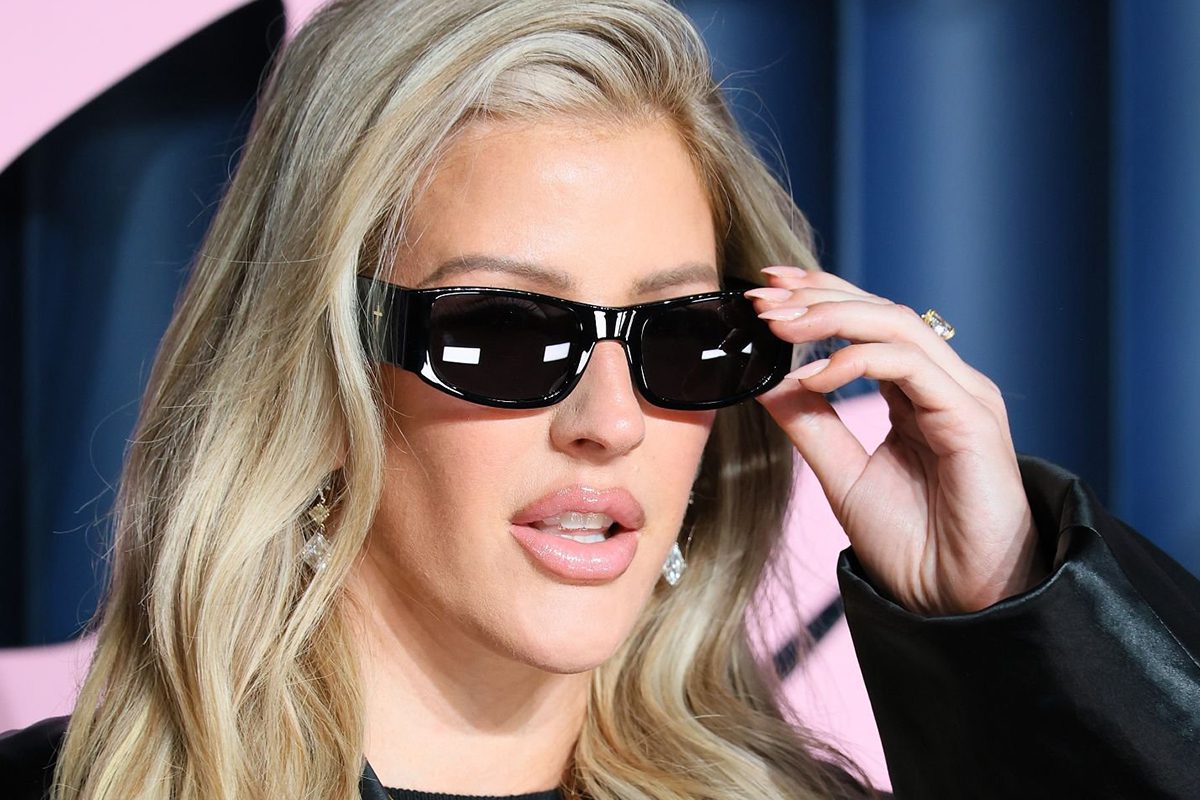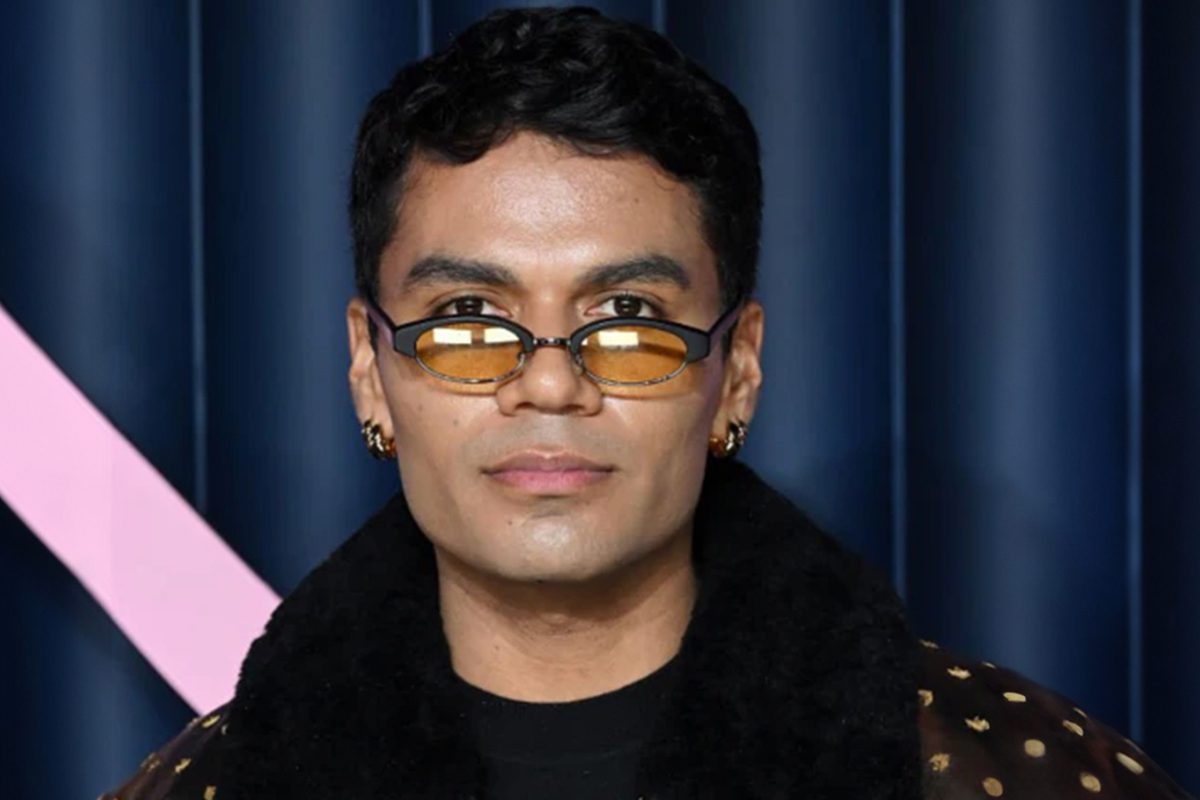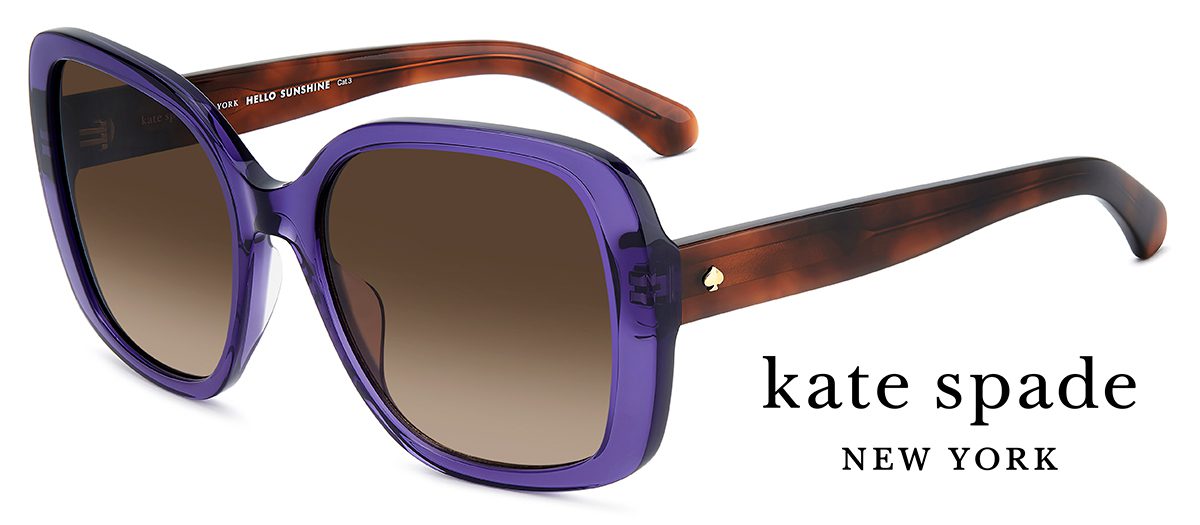In an exclusive conversation with VisionPlus, Deepak Panchamia and Kiran Sheth of Eternity Lifestyles Pvt. Ltd. recount the company’s journey from its humble beginnings to how they’ve led the way in introducing luxury eyewear brands to India.
VisionPlus : Eternity Lifestyles has been known to be ahead of time in eyewear distribution. How did it all start?
Eternity Lifestyle : Eternity’s journey began in 1988, bringing fashion and luxury to India when few luxury brands were available. We started with Luxottica and were pioneers in introducing Bvlgari and Chanel to the country.
In 1998, we began distributing Bvlgari, followed by Chanel and then partnered with the Richemont Group to bring brands like Mont Blanc and Dunhill to India. Our success led to a long-standing association with Cartier in 2000. We also distributed DKNY and later worked with Marcolin, introducing brands like Ferrari and Chrome Hearts. We’ve partnered with Chrome Hearts for nearly 18-19 years, making us one of their oldest partners.
In 2015, we began collaborating with the Kering Group, distributing brands like Gucci, Saint Laurent, and Bottega. In 2010, we introduced Maybach to India, and our association with Maybach extends beyond eyewear to include all their accessories.
We also represent Silhouette Atelier, known for its luxurious jewellery-like eyewear. In 2019, we introduced Balmain from the Akoni Group, which has been popular among Bollywood celebrities. We expanded into alternate luxury with brands like Philippe V, Masada, and Cazal, known for their unique positioning and aesthetics.
Eternity has always been ahead in the luxury segment, successfully introducing numerous luxury brands to India. Our consistent efforts have attracted many of these brands to establish their own presence here. We have never lost a brand; instead, brand owners recognised the potential of the Indian market and chose to come here themselves. This is the story of Eternity, showcasing our enduring commitment and success in the luxury segment.
VP : What strategies can ECPs implement to retain market share and grow their businesses?
EL : Luxury malls are crucial for India’s growing luxury market, but there are few true luxury malls in the country. Increasing their number will attract better consumers, boost sales, and increase high-value transactions.
Opticians often carry a mix of lifestyle, fashion, and luxury products, which can overwhelm consumers. A multi-brand luxury store with 5-7 high-end brands could address this issue and create a successful business model. Some stores already excel in this segment, as evidenced by their sales and reputation.
Future opticians will likely adopt this approach, offering products that exceed expectations to cater to customers’ desires. Personalised, one-on-one service can enhance the shopping experience and improve sales quality, even if foot traffic remains steady.
Luxury car and watch customers often wait weeks or months for their desired products. While eyewear may not require such long waits, offering similar service and exclusivity can drive sales in optical shops. By providing the right products in the right environment with exceptional customer care, opticians can tap into the growing demand for luxury eyewear in India.
VP : With the luxury eyewear market expanding, are stores missing out on significant opportunities?
EL : India’s luxury market is rapidly growing. Lesser-known luxury brands are finding willing buyers, while established brands benefit from customer familiarity. With the right product mix and inventory, purchases are straightforward.
Our stores currently offer a variety of products but lack a dedicated luxury section. Independent luxury eyewear stores, similar to luxury watch stores, could thrive by offering 8-10 brands with 30-40 units each, providing diverse choices beyond catalogues. This model can meet the significant demand for a luxury shopping experience with various styles and materials.
Eyewear is always visible and makes a statement about one’s personality, unlike luxury belts or watches. A good frame enhances one’s personality regardless of its price.
Luxury brands often incorporate rich histories into their designs, creating strong consumer connections over decades. This presents a great opportunity to build a successful eyewear market focused on luxury brands. By curating 8-10 luxury brands with a variety of products, we can replicate the success seen in the luxury watch market. Consumers are ready for this, and it’s time to provide the environment and products they desire.
VP : How does Eternity Lifestyles maintain its unique position in the luxury eyewear market and ensure a continuously refreshed brand portfolio?
EL : We’re pioneers in luxury eyewear, specialising in both luxury and alternate luxury. Nearly 99% of the brands we’ve distributed in India have become highly successful, rooted in our confidence and gut feeling. These brands have a rich history, with owners dedicating 50 to 100 years to elevate them to their current luxury status. Our goal is to make customers desire and wear these premium brands. We assure our customers that nothing is impossible, selling frames priced at ₹240,000 and higher, sought after worldwide.
VP : Do you offer training sessions for opticians to help them improve their sales techniques? What training resources are available from the optician’s perspective?
EL : In our office, Kaizad Daruwala is an exceptional trainer with extensive experience in eyewear. He excels in product knowledge and customer handling, instilling confidence in our dealers. Recently, we conducted comprehensive training for 16 GKB stores, focusing on luxury brands, product handling, sales techniques, and value-driven pricing strategies. Vidhi also contributes to our team’s training, ensuring we are well-prepared and confident in our abilities. We emphasise that our products offer value for money rather than just being expensive.
VP : What is your vision for the future of luxury eyewear retail, especially in tier 2 cities?
EL : Consumerism in India is rapidly increasing, driven by rising per capita and disposable incomes. Tier-two cities, now comparable to tier-one cities in lifestyle, present significant opportunities for luxury and alternative luxury products. Eyewear, which reflects personal style and visibility, is poised to become the third fastest-growing luxury category, following watches and cars.
Challenges remain in converting single purchases into multiple sales, but as consumers start buying multiple frames for different occasions, growth will accelerate. Over the next 5 to 10 years, India’s luxury market is expected to exceed China’s and could rival that of Europe and America.
VP : How do luxury brands fare in India compared to global markets like Europe and the USA?
EL : We are proud to be among the top three distributors of Maybach in India and a preferred partner for Chrome Hearts and Silhouette Atelier. Soon, we will introduce Balmain and Valentino to our luxury brand lineup. Our performance rivals, if not exceeds, that of Europe. Creating the right environment and point of sale is crucial to fully benefit from the growing demand for luxury.
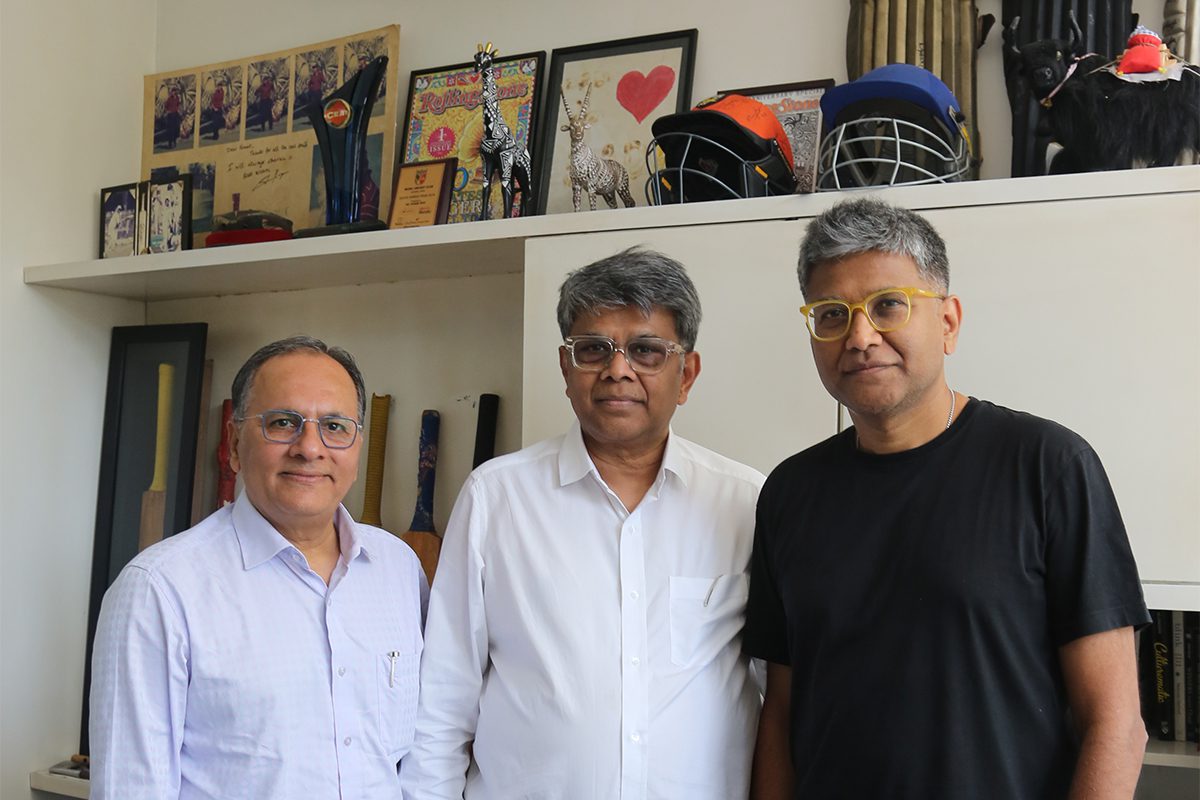
VP : What is one compelling message you would give to opticians who aspire to venture into the luxury market but are uncertain?
EL : “Jump into it the brand. Invest in luxury, you’re not going to repent.”

